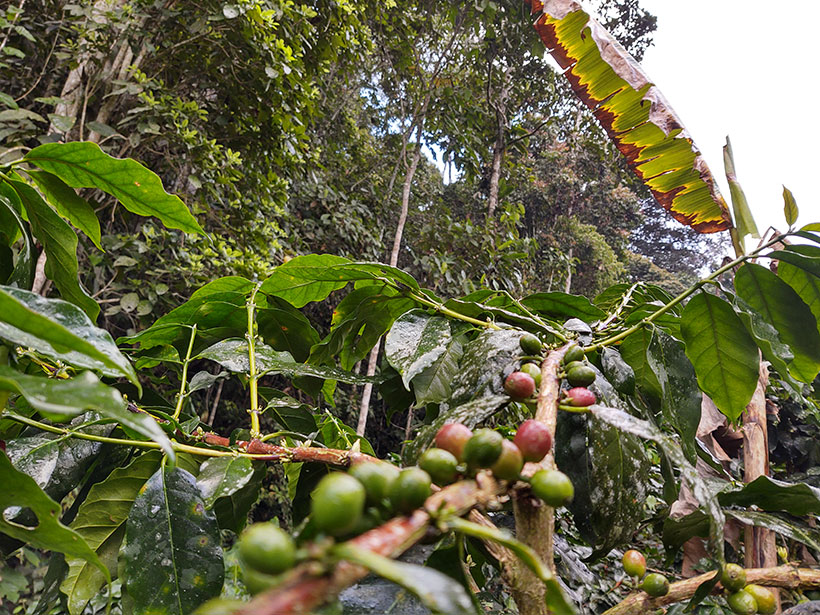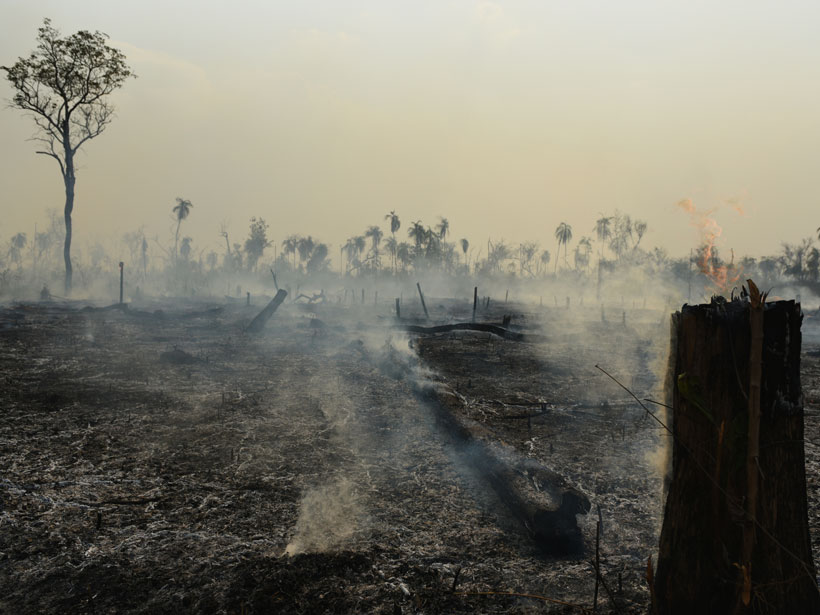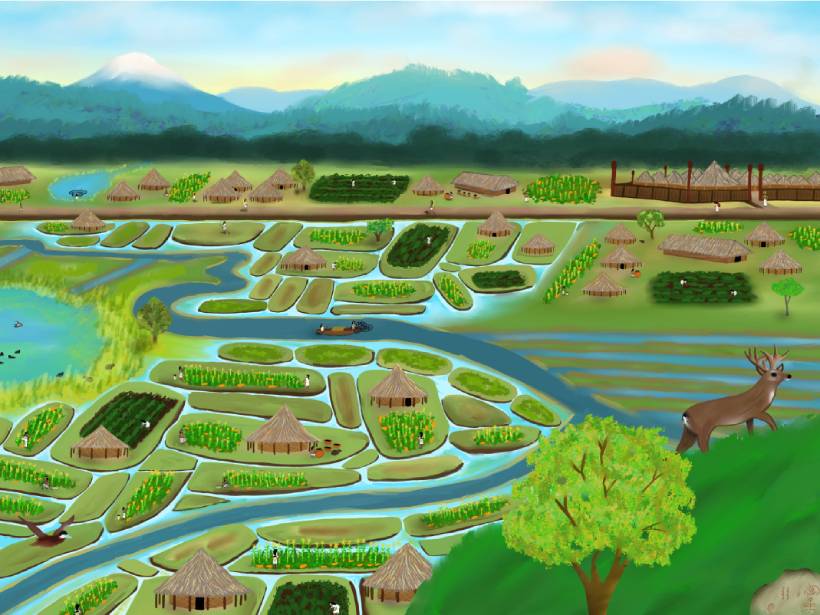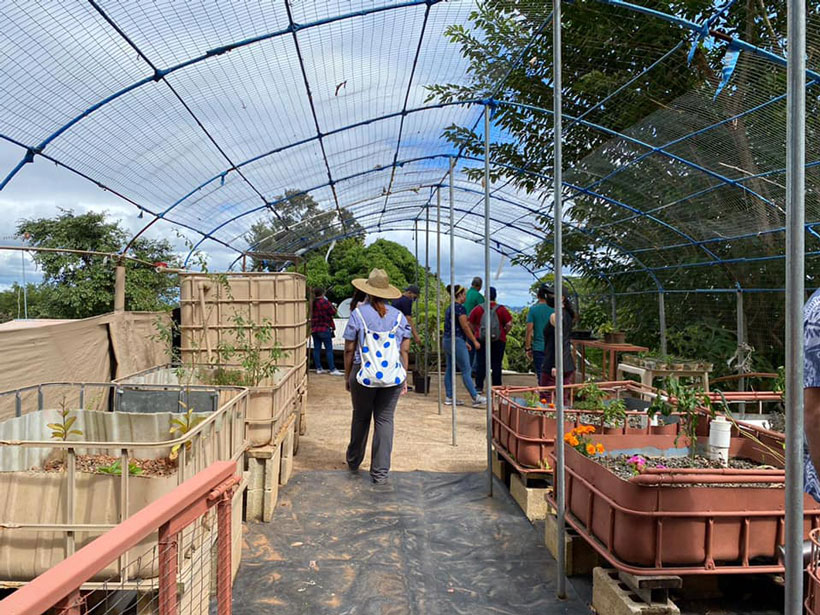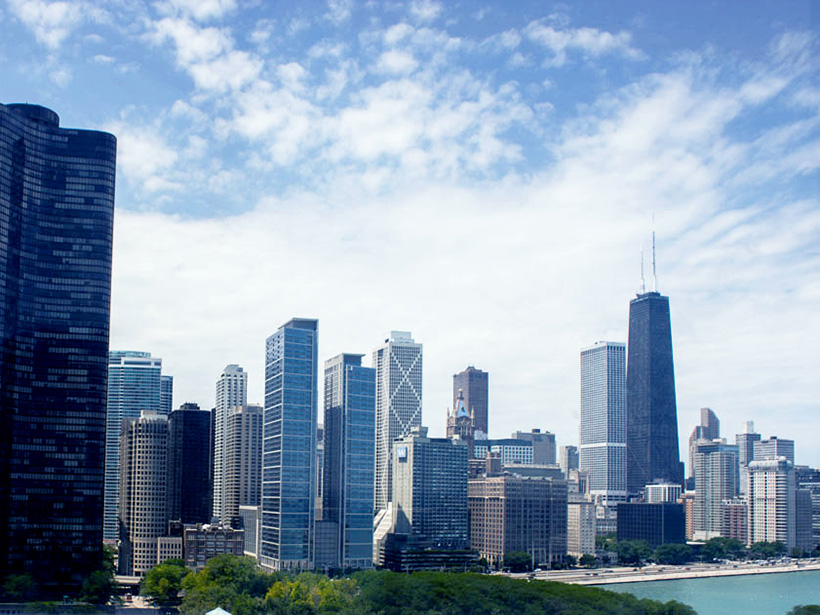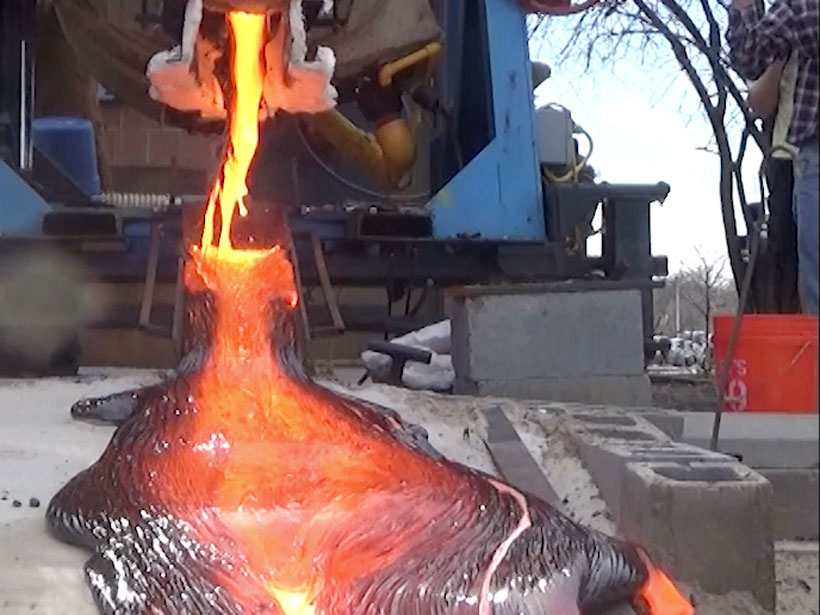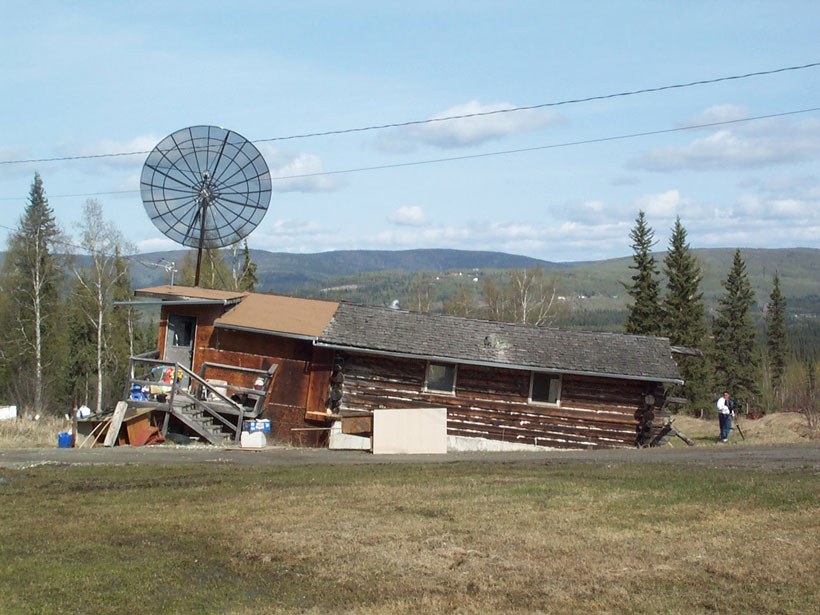Colombia is the second-largest producer of Arabica coffee, but changing climate, soil, and precipitation patterns are already altering the harvest volume, production techniques, and even the taste of coffee.
News
The Rain Forest Can Recover After Fire, but It’s Not the Same
New research finds that temperatures rise in the Amazon rain forest after a fire, even in areas that are not converted to agricultural land or pastures.
Fotografías aéreas revelan un complejo sistema hidráulico Indígena en Bogotá
Los complejos sistemas hidráulicos construidos por los Muisca ayudaron a desarollar los vibrantes humedales urbanos de la capital de Colombia.
A Massive Methane Reservoir Is Lurking Beneath the Sea
Scientists have found a methane reservoir below the permafrost seabed of the Laptev Sea—a reservoir that could suddenly release large amounts of the potent greenhouse gas.
Early Inhabitants of the Bahamas Radically Altered the Environment
Clues in sediments show that once humans arrived on Great Abaco Island, they hunted large reptiles to extinction and burned the old hardwoods and palms, leading to new pine- and mangrove-dominated lands.
What Happens When Six Sea Turtles Go Rogue
In a study of more than 200 sea turtles, researchers were surprised by six turtles that went their own way.
Puerto Rico Adapts to a Changing, Challenging Environment
The Caribbean is ground zero for some of the biggest impacts of climate change today. Puerto Ricans are building innovative initiatives to protect and prepare their communities for what’s next.
Many U.S. Cities Severely Underreport Their CO2 Emissions
Although unintentional, these errors may undercut local government efforts to tackle climate change.
Imagining What a Metal Volcano Would Look Like
Large-scale lava experiments are helping scientists imagine how metallic lava would flow across and shape a landscape, either on Earth or on a distant asteroid.
Mapping the People, Places, and Problems of Permafrost Thaw
By combining demography data with permafrost maps, researchers provide a first count of the population on permafrost and predict its imminent decline.

